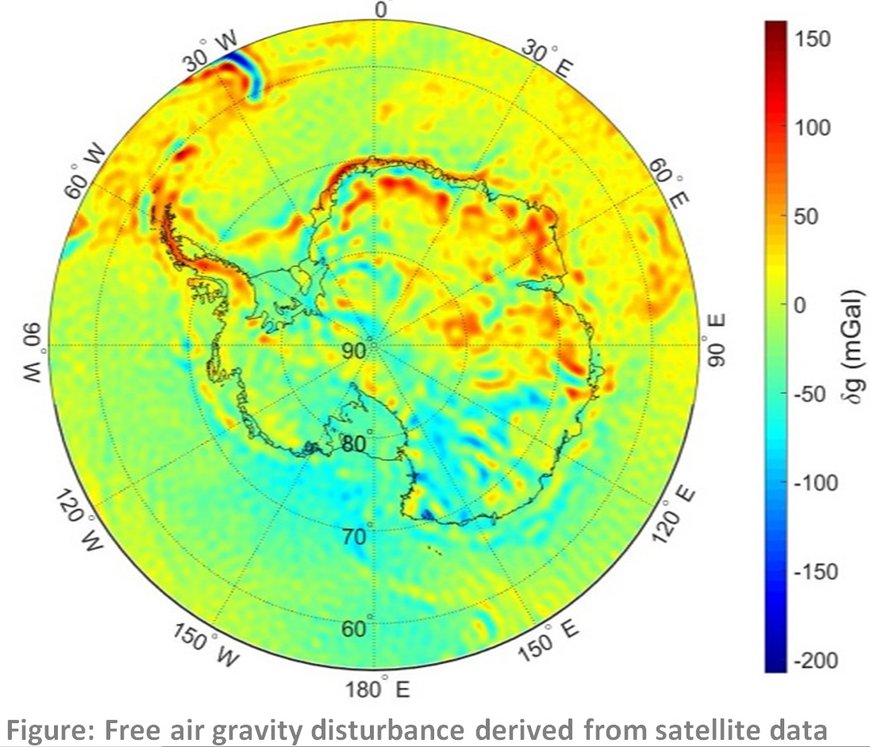Thermal and density model of Antarktica and its application to dynamics of the lithosphere and ice shield based on integration of satellite data

MANTIS is a project in DFG-Priority program SPP 1788: "Study of Earth system dynamics with a constellation of potential field missions".
A thorough understanding of the solid Earth is an essential step toward deciphering a link between the deep structure and dynamics and near-surface processes. Thermo-mechanical properties of the lithosphere directly control lithospheric deformations, in particular related to glacial isostatic adjustment (GIA), which is of prime importance in monitoring the mass balance of the Antarctic ice sheet. Furthermore, it has been recently demonstrated that the dynamical behaviour of ice shields depends not only on climate changes but also on the heat flow from the Earth’s interior. This makes temperature distributions within the lithosphere not only relevant for the lithosphere dynamics, but also crucially important for direct modelling of the ice behaviour. Yet, Antarctica remains one of the least studied continents, where traditional ground observations are very limited since most of its surface is covered by large ice shields. Therefore, new satellite observations open innovative possibilities to study the Antarctic lithosphere and its interaction with surface processes.
Within this project, novel approaches are employed to integrate satellite gravity and magnetic data, seismic tomography and other geophysical data aiming to construct a 3D thermal, density and rheological model of the Antarctic lithosphere. Combining several independent methods will allow us to derive a more reliable model of the crust and upper mantle and of the interactions between the lithosphere and the ice shield.
The satellite gravity data and surface load will be jointly analyzed to determine the effective elastic thickness of the lithosphere (EET). This parameter is directly related to its thermal state. Then, we are going to estimate the position of the Curie point based on the analysis of the magnetic data. These results provide another constraint on the temperature distribution. At the next stage, we will jointly invert gravity and seismic data, constrained by mineral physics, in an iterative scheme to determine temperature variations in the crust and upper mantle. In the final stage, all the results will be cross-validated and tuned resulting in an adjusted 3D model. Several tests will be performed to analyze the connection of the lithosphere and ice shield thermal regimes.
Funding: DFG - German Research Foundation
Status: current
Website: http://www.spp-dynamicearth.de/the-projects/gravity-field/



